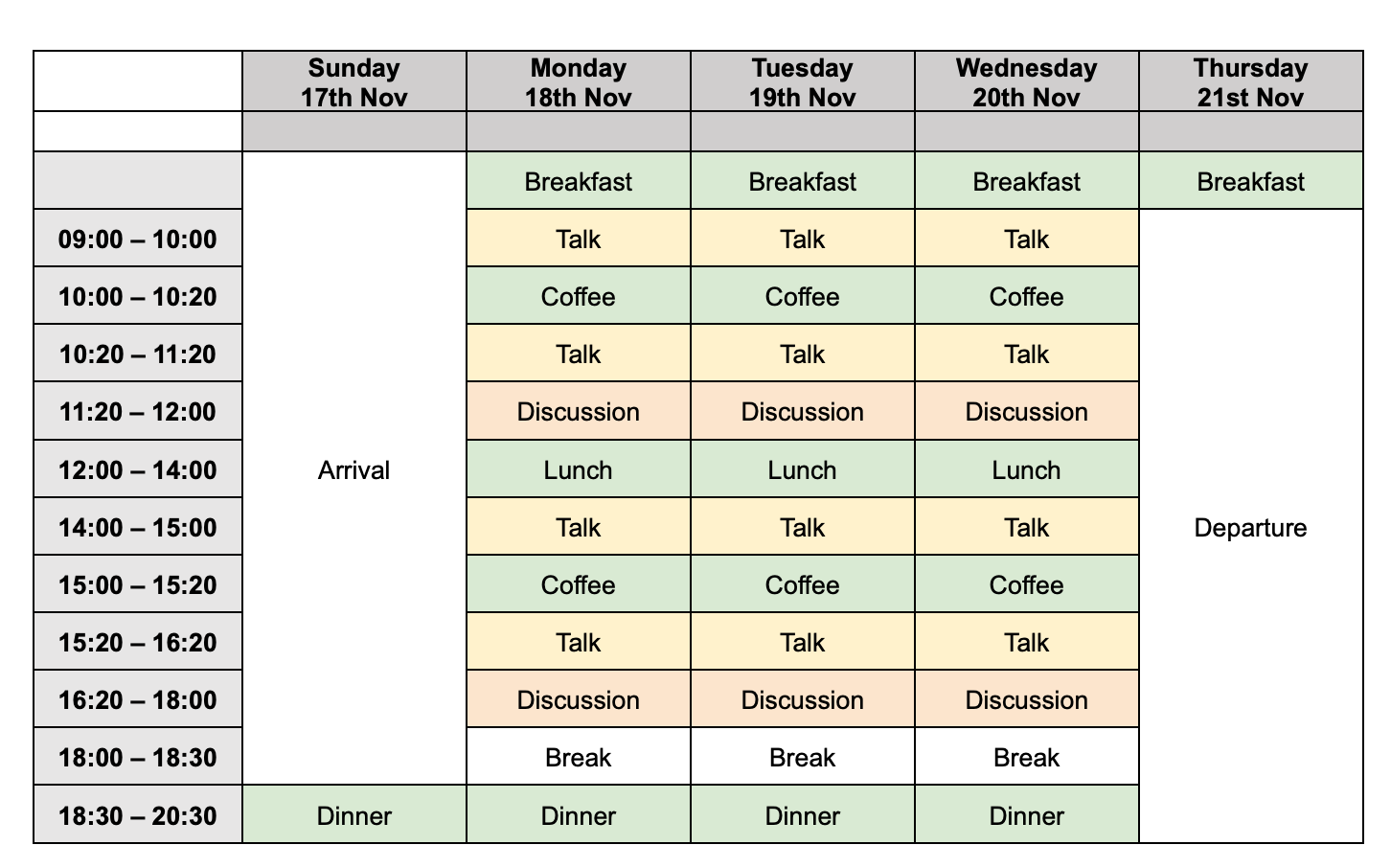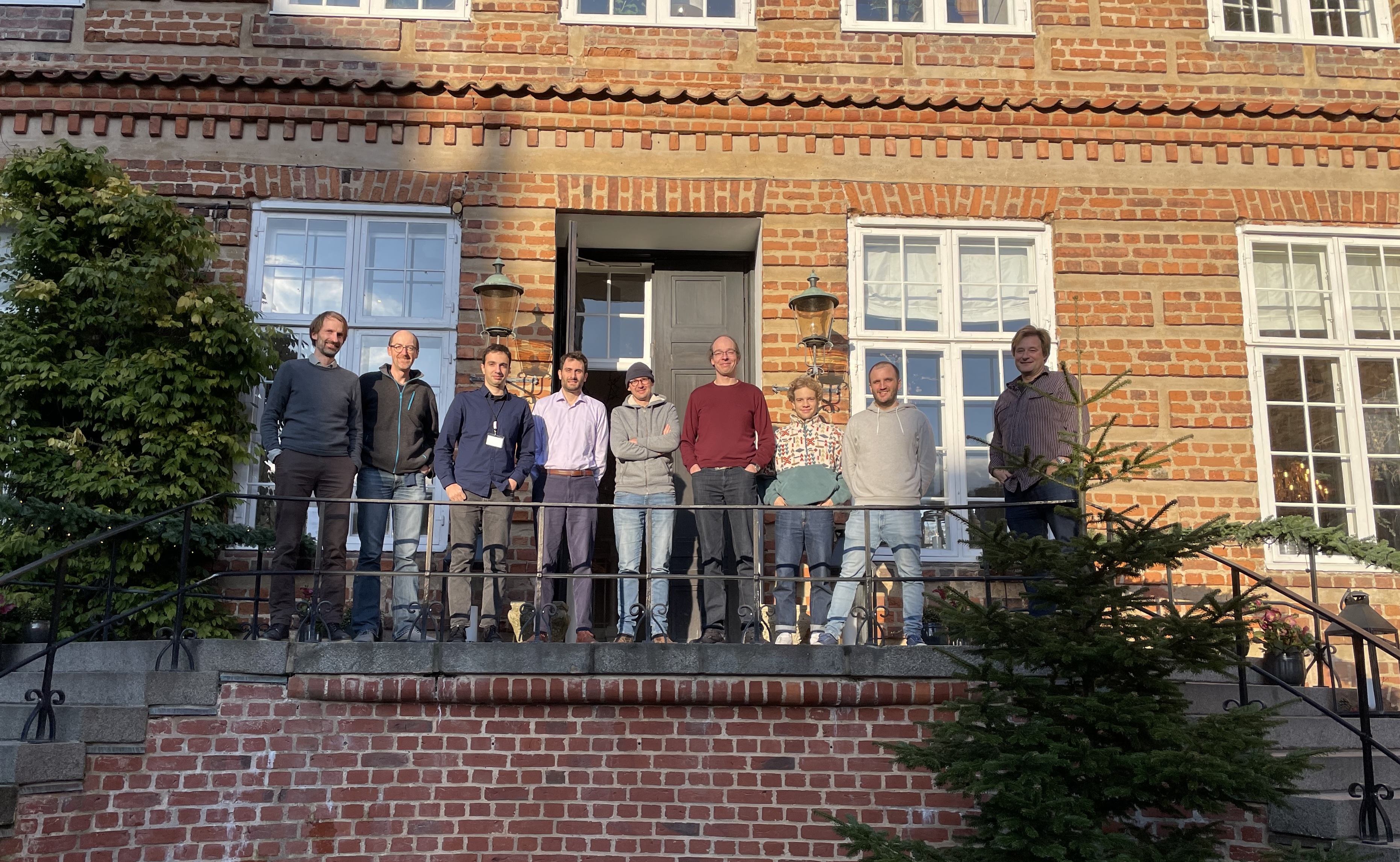Cosmology wH0rksH0p
Holckenhavn slot
Something is rotten in the state of cosmology. To be, or not to be, that is the question: Do we require an extension of L-CDM, and if so, which form should it take? We meet at a Danish castle to discuss these existential questions in cosmology.

Scope
The Hubble tension has risen to become one of cosmology’s most hotly debated topics. It calls for new physics in the early Universe at energy scales that can be probed with observations of the cosmic microwave background. However, despite the fact that the tension has been debated for close to a decade, there is only a small handful of interesting theoretical resolutions that offer both a solid micropyhsical justification and a viable phenomenology. The aim of the wH0rksH0p is simple: Discuss the status of these existing solutions and find new ways forward.
(Download a picture with higher quality here.)
Venue and Travel
Holckenhavn Slot - Holckenhavn 1, 5800 Nyborg, Denmark
Arrivial by train from Copenhagen Airport (CPH):
1. Train from CPH airport to Nyborg main station (ca. 90 - 105 minutes, DSB: CPH Lufthavn til Nyborg St.)
2. Taxi to Holckenhavn (ca 10 minutes, order by phone: +45 - 70 10 33 20)
Participants
- Torsten Bringmann (University of Oslo)
- Aleksandr Chatrchyan (Nordita)
- Guido d'Amico (University of Parma)
- Mathias Garny (Technical University of Munich)
- Alex Kehagias (University of Athens)
- Florian Niedermann (Nordita)
- Henrique Rubira (Technical University of Munich)
- Théo Simon (Laboratoire Univers & Particules de Montpellier)
- Martin S. Sloth (University of Southern Denmark)
- Thomas Tram (Aarhus University)
- Radosław Wojtak (University of Copenhagen)
Local guests from SDU:
- Mads Frandsen (University of Southern Denmark)
- Manuel Meyer (University of Southern Denmark)
Gender consideration: Female speakers were invited but rejected our invitations due to busy schedules.
Schedule:

Registration:
Due to limited capacity, there is no open registration for this event. If you want to particpate please reach out to the organizers.
